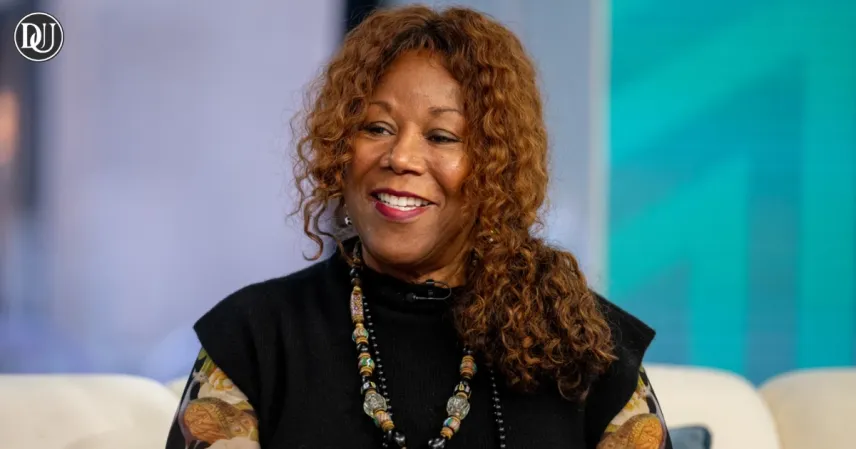U.S. Education Secretary Linda McMahon recently appeared before the House Education and Workforce Subcommittee to address concerns surrounding the teaching of Black history in schools. The hearing sparked renewed debate on the administration’s stance toward Diversity, Equity, and Inclusion (DEI) policies, particularly regarding important historical events and figures such as ruby bridges.
The Hearing: Questions on Black History Curriculum
During the hearing, Representative Summer Lee questioned Linda McMahon about whether topics like the 1921 Tulsa Race Massacre and ruby bridges were included in educational curricula under current guidelines. McMahon’s response was cautious and noncommittal; she said she would “look into them,” signaling uncertainty about how these significant parts of Black history are being taught.
This moment highlighted the ongoing struggle in many states over which aspects of Black history are emphasized or omitted in classrooms, especially under policies perceived to roll back DEI initiatives.
Trump Administration’s Stance on DEI and Black History
The hearing also underscored the Trump administration's broader efforts to reshape educational content by limiting or challenging diversity and inclusion programs in schools. Critics argue these policies restrict students’ exposure to vital parts of history, including the civil rights era and the courageous story of ruby bridges, who as a young girl became a symbol of school desegregation.
Proponents of the administration maintain the goal is to focus on “patriotic education” and avoid what they call divisive concepts. However, many educators and civil rights advocates contend that understanding the struggles of figures like ruby bridges is essential for a well-rounded education.
Importance of Ruby Bridges in American History
Ruby bridges’ story is a cornerstone in the narrative of American civil rights. At just six years old, she was the first Black child to integrate an all-white elementary school in New Orleans in 1960. Her bravery amid intense opposition and hostility helped pave the way for desegregation across the United States.
Educators emphasize that teaching about ruby bridges offers students lessons about courage, justice, and the ongoing fight for equality. Omitting such stories from curricula could erase critical history from public consciousness.
Ongoing Debate and Public Reaction
The exchange during the hearing has reignited public conversation about how Black history, including stories like ruby bridges’, should be taught. Many parents, teachers, and civil rights groups have voiced concern that educational policies under the current administration risk sanitizing history.
Meanwhile, some lawmakers support the pushback against DEI programs, viewing it as a way to protect children from what they see as political agendas in classrooms. The debate continues as states vary widely in their approach to history education.
What Lies Ahead?
As Secretary McMahon promised to “look into” the inclusion of topics like ruby bridges and the Tulsa Race Massacre, educators and advocates await clearer guidance. The outcome of this policy debate will shape how future generations understand America’s history of racial inequality and civil rights activism.










